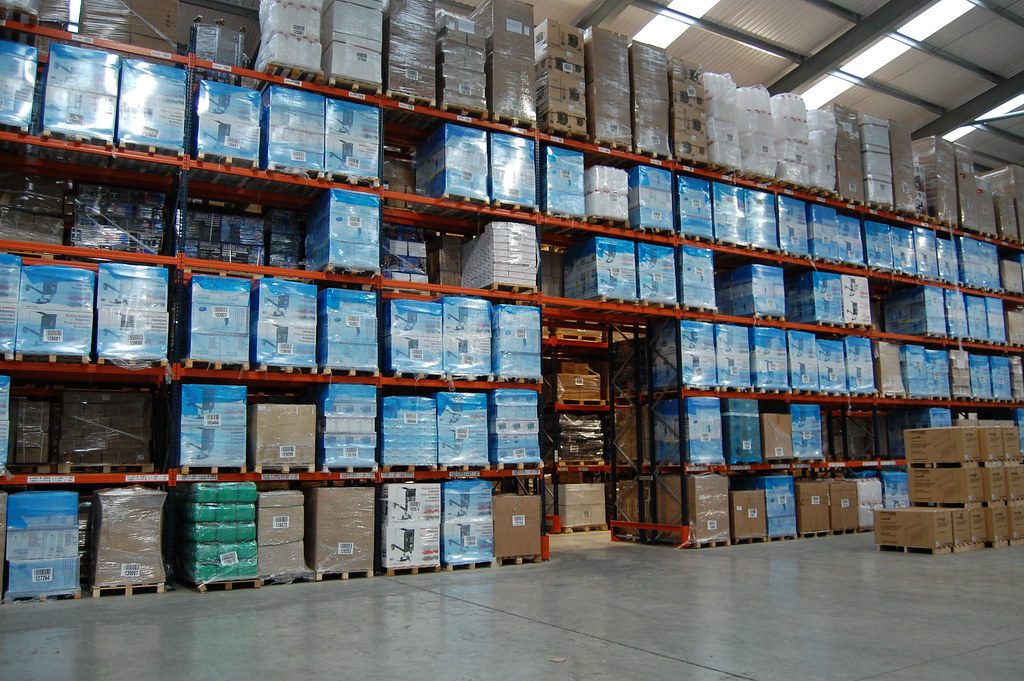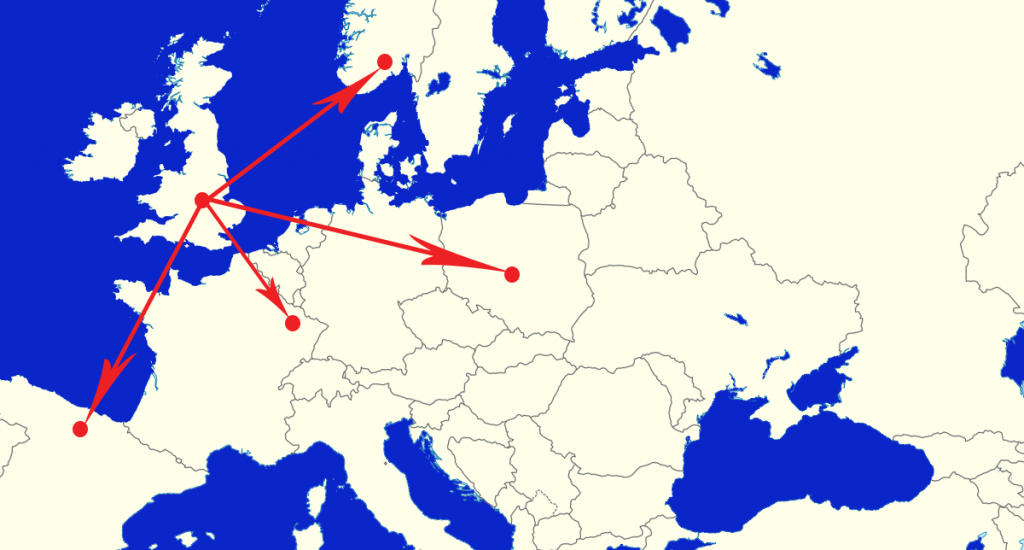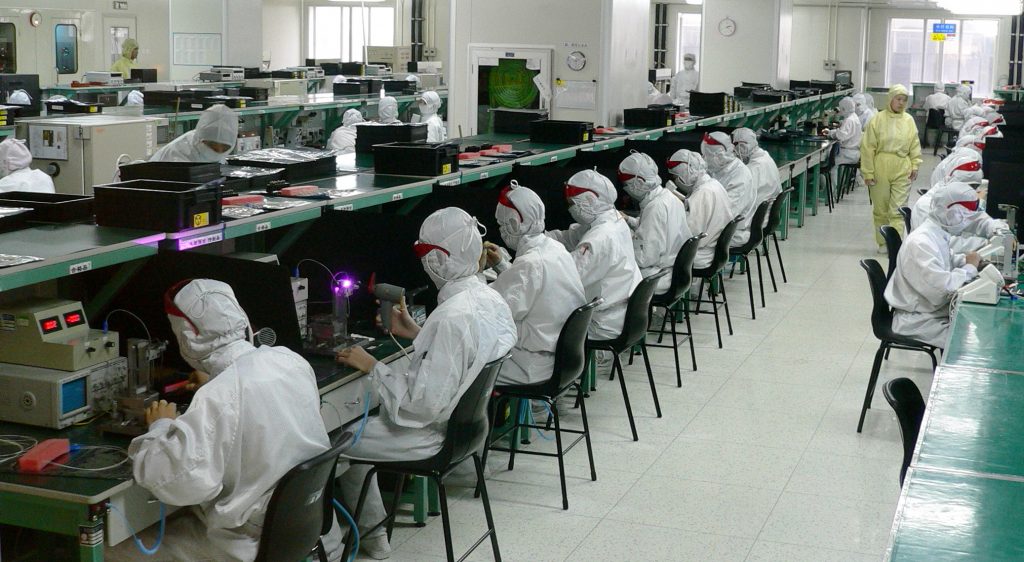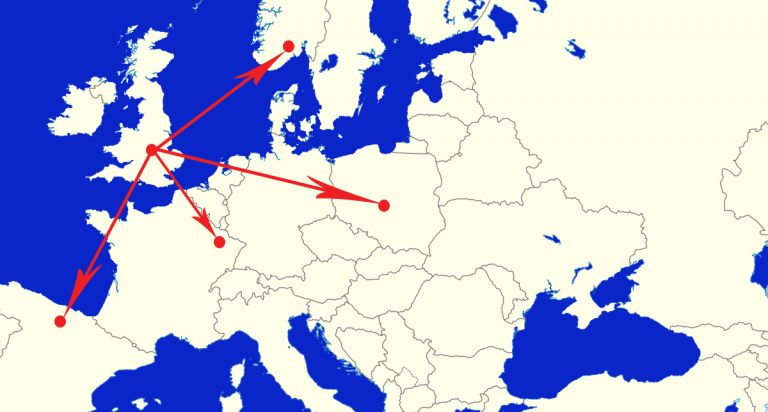Boardrooms have been busy this year with urgent discussions and fiery debates concerning Brexit. Some of the key points discussed were the likelihood of different events, the effects on business, and how organisations should prepare for the complicated uncertainties that we all face. These discussions are definitely praiseworthy, but without the right people in the room, they can lead to problematic conclusions and indeed decisions. In this
1. Stockpiling

Many businesses and organisations (big and small) across the country took the decision to gather stock in advance of the 31st March 2019. They calculated that in the case of any hindrance to trade, they would have sufficient stock to continue as normal, at least for a planned period. This led to warehouses and space being acquired and filled with all sorts of EU products, components, raw materials etc. (warehouses in the EU have also been filled with UK products). When I first heard of this happening, I was very alarmed, particularly as it is completely at odds with Lean principles and the
2. Shifting stock elsewhere

Similar to the stockpiling logic, Boeing decided to move stock/spare parts to other locations around Europe in anticipation of further disruption to their integrated supply chain network. This was rather confusing, as most large manufacturers try not to manufacture to stock, and if there was some rationale for the stock to be elsewhere, then some would argue that the parts should have been distributed already. Saying
3. Off-shoring operations and shifting investments

Some businesses decided due to the risks attached to Brexit, that it was better to move investments and operations abroad. According to the Fund Flow Index (FFI) from the global
4. Planned closures and downsizing

Some businesses decided, due to various reasons (most definitely including paranoia and the risks attached to Brexit), that it was better to close entire factories and manufacturing plants. Examples
5. Futures strategy

Considering the potential friction to trade. and also, that prices of imports may hike in the coming months, many companies opted to make contractual agreements with suppliers for future supplies at agreed fixed costs. These contracts are known as futures or stock futures. The contracts may appear to be win-win deals for both parties, however the reality is that the outcome is likely to be win-lose or lose-win. The effects in either of these cases can also be amplified considerably which can have a really negative effect if you end up on the wrong side. But it is also true that futures contracts provide some clarity amongst a lot of confusion and if you win, you’ll be very happy indeed.
Conclusion
In this article, I have presented some of the strategies that UK manufacturers and businesses are applying to deal with Brexit. Although, many of them are well justified, personally, I prefer more creative and innovative solutions. Contact Enhance to learn more about the innovation strategies that have helped organisations succeed where others have failed.






